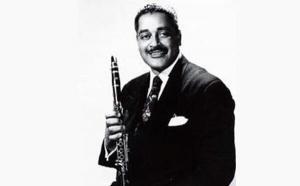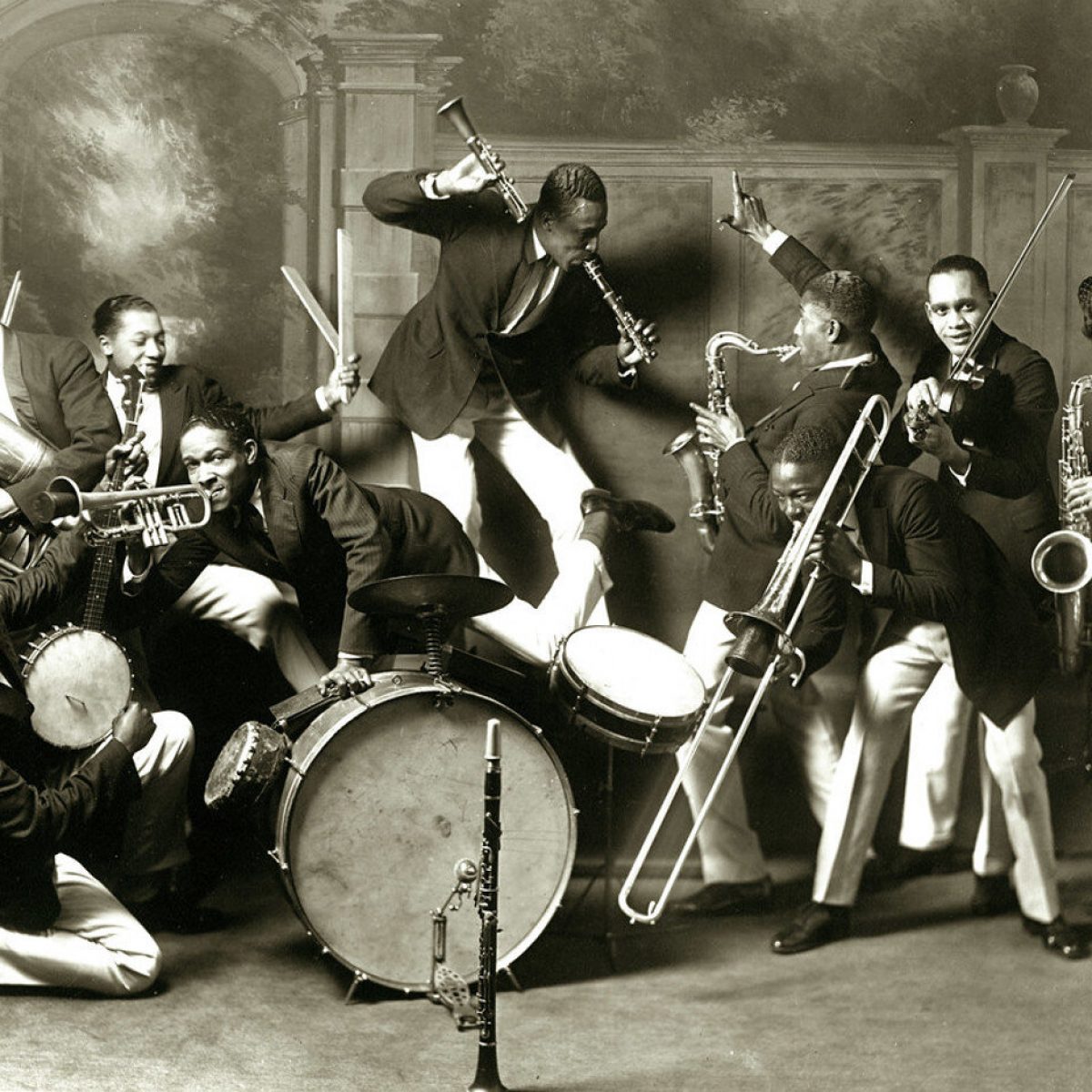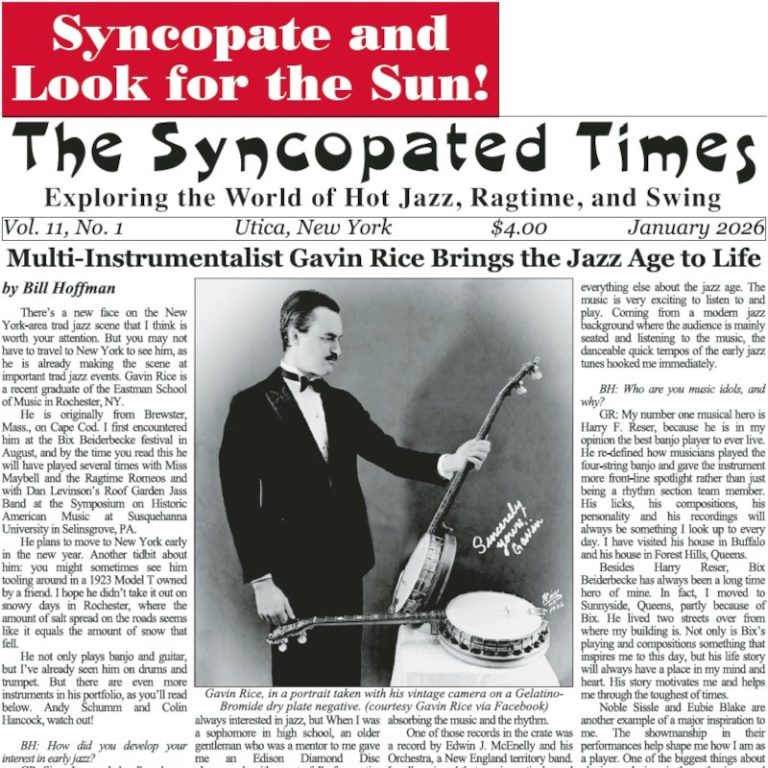
Like many of the early Jazz musicians from Memphis, Tennessee, Buster Bailey (July 19, 1902 – April 12, 1967) got his start playing with W.C. Handy’s Orchestra. He toured with Handy from 1917 to 1919 when he quit the orchestra while in Chicago and joined Erskine Tate’s Vendome Orchestra. He stayed with Tate until 1923 and then spent about a year with King Oliver.
When Louis Armstrong left King Oliver’s Jazz Band in 1924 to join Fletcher Henderson’s Orchestra in New York, Bailey followed a month later after being recommended by Armstrong.
Bailey’s fast smooth clarinet style made him a sought after session musician in the mid-1920s. He appeared on dozens of records by Blues singers, and on a great number of Clarence Williams sessions. He quit the Henderson Orchestra in 1927 and toured Europe with Noble Sissle’s Orchestra.
When he returned from Europe he played with Edgar Hayes and Dave Nelson before rejoining Sissle from 1931 to 1933. In 1934 he hooked up with Fletcher Henderson again and then joined Mills Blue Rhythm Band for a year and then returned the Fletcher Henderson’s Orchestra.
 In 1934 he joined the John Kirby band and stayed put until 1946. He led his own band briefly in 1946 and then joined Wilber de Paris from 1947 to 1949.
In 1934 he joined the John Kirby band and stayed put until 1946. He led his own band briefly in 1946 and then joined Wilber de Paris from 1947 to 1949.
Throughout the 1950s he played with Henry “Red” Allen and others. In the 1960s he worked with Wild Bill Davison from 1961 to 1963 and with the Saints And Sinners from 1963 to 1964. In 1965 he joined Louis Armstrong and his All-Stars and continued to play with them until he died in 1967.![]()
| Buster Bailey and his Seven Chocolate Dandies | Buster Bailey and his Sextet |
| Buster Bailey and his Rhythm Busters | |
| Title | Recording Date | Recording Location | Company |
| Papa De Da Da (Clarence Todd / Clarence Williams) |
5-1925 | New York, New York | Banner 1563 |
| Squeeze Me (Fats Waller / Clarence Williams) |
5-1925 | New York, New York | Banner 1563 |
| Artist | Instrument |
| Buddy Christian | Banjo |
| Clarence Todd | Banjo |

| Title | Director | Year |
| Splendour In The Grass | Elia Kazan | 1961 |
Redhotjazz.com was a pioneering website during the "Information wants to be Free" era of the 1990s. In that spirit we are recovering the lost data from the now defunct site and sharing it with you.
Most of the music in the archive is in the form of MP3s hosted on Archive.org or the French servers of Jazz-on-line.com where this music is all in the public domain.
Files unavailable from those sources we host ourselves. They were made from original 78 RPM records in the hands of private collectors in the 1990s who contributed to the original redhotjazz.com. They were hosted as .ra files originally and we have converted them into the more modern MP3 format. They are of inferior quality to what is available commercially and are intended for reference purposes only. In some cases a Real Audio (.ra) file from Archive.org will download. Don't be scared! Those files will play in many music programs, but not Windows Media Player.






